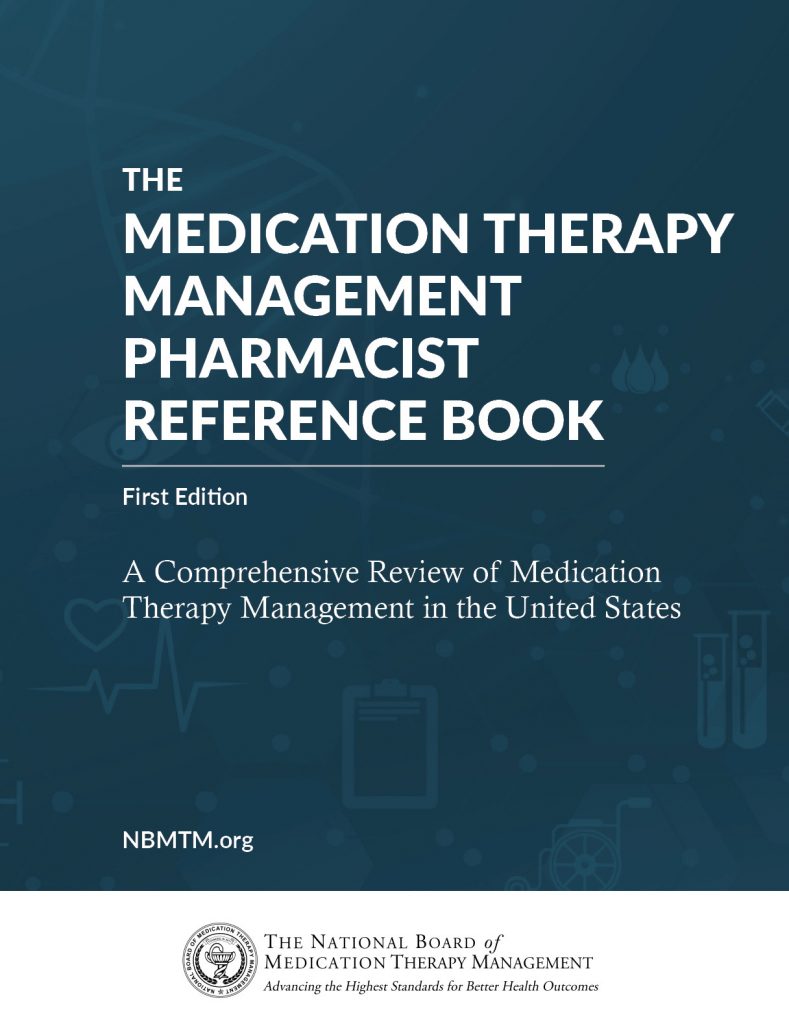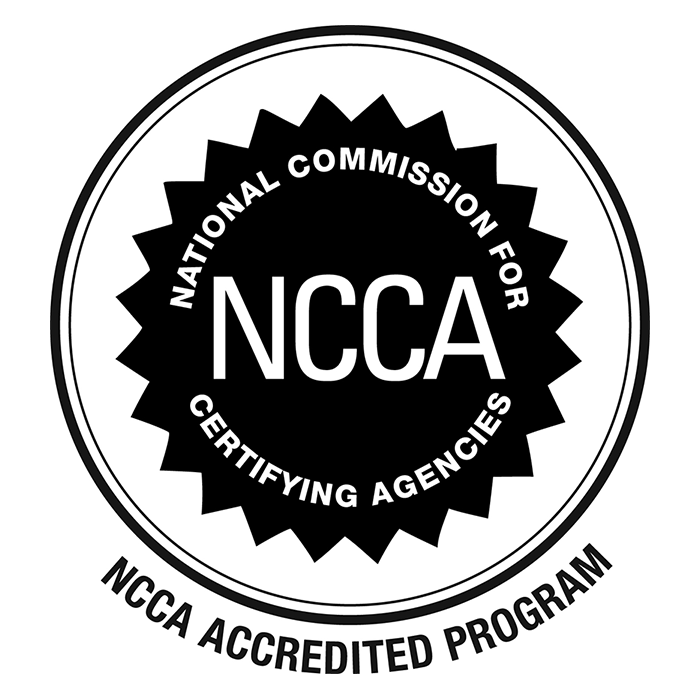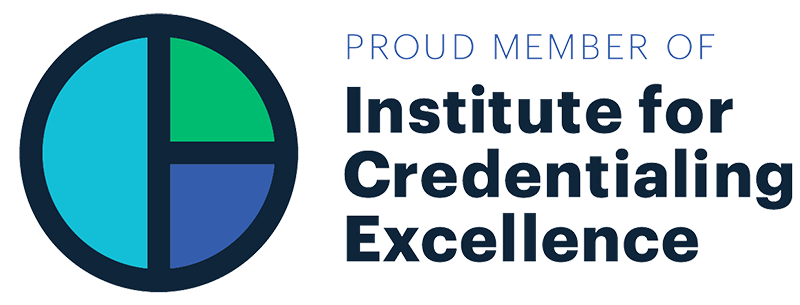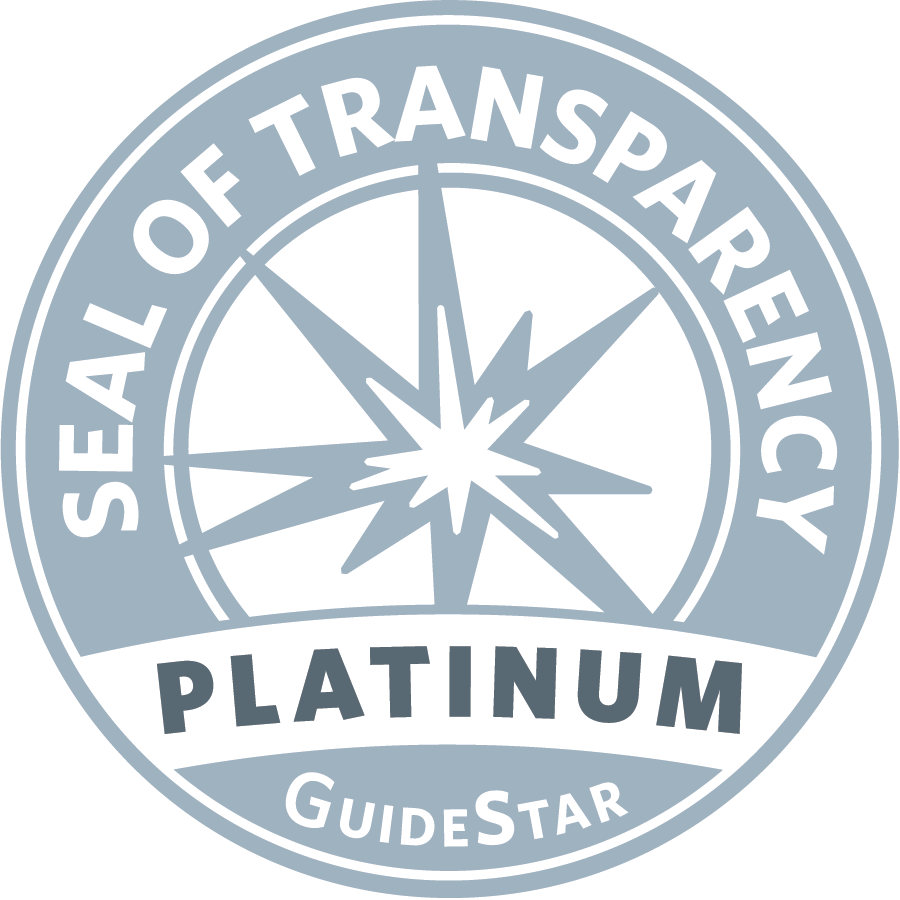
Chapter 8: MTM Models
Telephonic Model
The telephonic model for MTM services is the primary alternative option for patients who are unable or unwilling to meet an MTM provider for face-to-face services. Telephonic MTM provides a higher level of access for patients with transportation issues or who do not have an MTM provider in their geographic area. A full list of advantages of the telephonic model over a face-to-face model may include:1,2
- Services can be provided to patients who are immobile or unable to travel
- Patients do not have to pack all their medications and can access them easier at home
- Services can be available for patients in geographic areas where there are limited medical resources, and face-to-face MTM providers are not available
- Patients who are unwilling to meet face-to-face may be more willing to attend a telephonic appointment on their terms
- Patients can attend the interview from the comfort of their home, which may encourage those who distrust the healthcare system to participate in their care to a greater extent
- MTM providers can provide the service without interruption during a telephonic appointment, whereas in-person interviews may occur in a pharmacy or location with a higher number of interruptions
- An MTM provider can work from multiple locations and cover a broad geographic area
- The return on investment (ROI) has been identified to be 4.5:1 for telephonic appointments, compared to an ROI of 3:1 on average for in-person appointment1
While there are certain advantages to the telephonic MTM model, some disadvantages exist as well, which can include:1,2
- The information that can be obtained from a patient over the phone is more limited than a face-to-face visit
- Phone numbers must be accurate and in-service for appointments to initiate successfully
- The telephonic provider may have a harder time establishing trust than in a face-to-face appointment
- The telephonic provider cannot see the medication bottles, and therefore relies on the patient to accurately convey the information
- A 2014 study3 showed that telephonic MTM interventions might not be effective for certain patients with a moderate to high-risk profile for hospitalization, but are effective at preventing hospitalizations in those with a low-risk profile
App Model
Aspen RxHealth4 has launched a phone app that allows pharmacists to leverage their license to establish a professional profile where they can connect with patients and healthplans to perform telephonic MTM consultations. Aspen RxHealth sells its service as opening up a “gig economy” for pharmacists who are interested in an additional income stream. The app model carries an advantage for healthplans because it allows them to contract with Aspen RxHealth to find pharmacists that are available in underserved areas.
Pharmacists who work for Aspen RxHealth establish a profile in the Aspen RxHealth app. Once verified, the app connects patients with pharmacists in their area that provide a telephonic MTM service. Pharmacists can select a maximum of five specialties to focus on patients with specific disease states within their area of specialization, including:
- Alzheimer’s Disease
- Anticoagulation
- Arthritis/Bone Disease
- Cancer
- Cardiovascular
- Diabetes
- End-Stage Renal Disease (ESRD)
- HIV/AIDS
- Mental Health
- Multiple Sclerosis Agents
- Pain Management
- Respiratory Disease
Pharmacists can sign up and operate from their home office. According to Aspen RxHealth, the contracted pharmacist can spend as much time as needed analyzing the patient’s medication list, treatment plan, and uncovering medication-related problems. Since the work occurs at a pharmacist’s home office, the distractions of a retail pharmacy will not be present.
After the call, patients are encouraged to rate their interaction with their MTM provider, similar to other gig economy apps. Patients who are happy working with their MTM provider may develop longitudinal relationships that continue past the initial MTM encounter, ensuring comfortability and continued patient satisfaction.
For the pharmacist, Aspen RxHealth utilizes a telephonic model for patient appointments. A pharmacist may need to establish a home office for themselves and consider other “gig economy” details. The amount of work will depend on the demand for MTM providers in their area, and some locations may not have a need for more pharmacists, delaying the time it takes for a provider to establish themselves in the app. Pharmacists are only paid for the appointments that patients keep, making the career prospects inconsistent.
Healthplans can contract to a vast pool of community pharmacists to which they previously did not have access. The “gig economy” concept may empower smaller healthplans that do not have robust MTM contracts with larger organizations.
Aspen RxHealth has a clinical decision support engine that can be customized by the healthplan to meet their specific contract needs. They also state that they use CMS-compliant data reporting, and can help to support Medicare Star Rating Measures. For healthplans with patients in remote locations, they may be better able to locate pharmacists that can meet those geographic needs. Patients are matched to pharmacists within the same state when possible to meet state-level MTM requirements.
Since Aspen RxHealth is a new concept and company, the disadvantages to healthplans compared to other MTM service providers are not clear at this time.
Face-to-face Model
Many pharmacists may argue that the face-to-face model aligns most with the original MTM definition laid out by the APhA. Face-to-face models allow the MTM provider and patient to develop a rapport and for the provider to see and interpret much of the information provided by the patient for themselves.
A study in 20195 determined that the number of medication-related problems identified in telephonic based models and face-to-face models was comparable. Therefore, the determination of which type of MTM a patient should receive may be more appropriately based on patient-specific and healthplan-specific factors.
Advantages of the face-to-face model may include:2,5,6
- During a face-to-face visit, the MTM provider can ask the patient to bring in medical records, prescriptions bottles, and other documentation that the provider can review without having to obtain the information verbally from the patient, increasing the fidelity of information
- Face-to-face appointments allow for the development of rapport and trust between provider and patient, which is further capitalized on if the MTM provider is a community pharmacist that the patient is familiar with
- During face-to-face appointments, the MTM provider can obtain non-verbal cues that help build the clinical picture for the patient, including the identification of physical side effects
- MTM visits can be integrated into the workflow of a community pharmacy, providing additional revenue and beneficial patient outcomes opportunities for the pharmacy
- The MTM provider may have greater access to patient records depending on their practice setting
- The provider can communicate using multiple teaching methods, including verbal, visual, model (for example injection, inhaler, or glucometer technique), and patient handouts
Despite the advantages, the possible disadvantages of face-to-face MTM may include:2,5,6
- The quality of the MTM appointment depends on patients bringing in their correct and most up-to-date prescriptions and medical information; if the patient forgets to bring their records, the MTM provider must rely on the patient as a historian unless they have direct access to the patient’s medical records
- MTM providers performing face-to-face appointments may be limited in the language options they can offer their patients
- Patients that are identified as candidates for MTM services are likely to have several providers and medical appointments, and they may hesitate to make additional appointments with their limited time
- MTM providers are limited to their immediate geographic region
- The MTM provider may have an office or place of business where they can accommodate patient appointments while following all local and federal laws
- Certain work settings may be interruption-prone for the MTM provider, such as a community retail pharmacy
Video-based Consultation Model (Telehealth)
Video-based consultation, or telehealth, is a middle ground between the face-to-face model and the telephonic model of MTM appointments. Video-based consultation uses video and audio technology to MTM providers to patients over distances using their computer, phone, or other connective technology. The APhA defines telehealth as:7
Telehealth is the use of electronic information and telecommunications technologies to support or promote long-distance clinical health care, patient and professional health-related education, public health, and health administration. Example technologies include:
- Video conferencing
- Telephonic communication
- Store-and-forward imaging
- Remote patient monitoring
- Other health care professions have an extensive history of utilizing technology in the delivery of their patient care.
They further define telepharmacy as:
The Model State Pharmacy Act and Model Rules of the National Association of Boards of Pharmacy defines the “practice of telepharmacy” as “the provision of pharmacist care by registered pharmacies and pharmacists located within U.S. jurisdictions through the use of telecommunications or other technologies to patients or their agents at distances that are located within U.S. jurisdictions.”
“Pharmacist care” in the description above is “the provision by a pharmacist of patient care activities with or without the dispensing of drugs or devices, intended to achieve outcomes related to the cure or prevention of a disease, elimination or reduction of a patient’s symptoms, or arresting or slowing of a disease process.” The Model Rules also include definitions for coordinating pharmacy, remote pharmacy, and remote dispensing site
Types of telepharmacy services:
- Medication therapy management (MTM)
- Chronic disease management (CCM)
- Transitions of care
- Pharmacogenomics
- Remote dispensing
- Ambulatory care
SinfoníaRx8 is a company that uses its proprietary software, RxCompanion™, to deliver MTM services. RxCompanion™ is designed to identify, triage, and resolve medication-related problems. Problems are resolved via more than one model, including telephonic, face-to-face, or through video-based consultation. SinfoníaRx partners with the University of Arizona, Ohio State University, the University of Texas at Austin, or other in-house clinical providers to deliver the MTM service.
A 2017 study9 at the University of Arizona showed that integrating video conferencing technology into clinical pharmacy services is a feasible method to facilitate care for certain specialty conditions (epilepsy) and to increase access to care for rural patients. During the study, epileptic patients were scheduled with a telehealth pharmacist for an initial CMR. They were also given the telepharmacist’s contact information for medication-related questions. High-risk patients received an additional follow-up call three months after the initial CMR. The telepharmacist identified an average of 2.6 medication-related problems per patient.
Telehealth carries many of the advantages of both a telephonic and a face-to-face model.10 Patients can participate in the comfort of their own home, which may remove barriers like immobility or travel issues. Additionally, pharmacists can visibly inspect prescription and OTC medication bottles.
- Socha, T. (2012, November). Face-to-Face and Telephonic MTM: A Comparison. Population Health Learning Network. https://www.managedhealthcareconnect.com/articles/face-face-and-telephonic-mtm-comparison
[↩] [↩] [↩] - DeZeeuw, E. A., Coleman, A. M., & Nahata, M. C. (2018). Impact of Telephonic Comprehensive Medication Reviews on Patient Outcomes. The American Journal of Managed Care. https://www.ajmc.com/journals/issue/2018/2018-vol24-n2/impact-of-telephonic-comprehensive-medication-reviews-on-patient-outcomes?p=1
[↩] [↩] [↩] [↩] - Zillich, A. J., Snyder, M. E., Frail, C. K., Lewis, J. L., Deshotels, D., Dunham, P., Jaynes, H. A., & Sutherland, J. M. (2014). A Randomized, Controlled Pragmatic Trial of Telephonic Medication Therapy Management to Reduce Hospitalization in Home Health Patients. Health Services Research, 49(5), 1537–1554. https://doi.org/10.1111/1475-6773.12176
[↩] - Aspen RxHealth. (2020). https://www.aspenrxhealth.com/about/. Aspen RxHealth: Empowering More Effective Patient Care. https://www.aspenrxhealth.com/about/
[↩] - Rivera, J., Shcherbakova, N., Vala, C., & Capoccia, K. (2019). Community pharmacists’ interventions and documentation during medication therapy management encounters delivered face-to-face versus via telephone: The devil is in the details. Research in Social & Administrative Pharmacy: RSAP, 19. https://doi.org/10.1016/j.sapharm.2019.12.020
[↩] [↩] [↩] - Thielemier, B. (2015, September 15). The Case for the Independent MTM Consultant. Pharmacy Times; Pharmacy Times. https://www.pharmacytimes.com/contributor/blair-thielemier-pharmd/2015/09/the-case-for-the-independent-mtm-consultant
[↩] [↩] - American Pharmacists Association. (n.d.-b). Telehealth. Https://Www.Pharmacist.Com; American Pharmacists Association. Retrieved March 2, 2020, from https://www.pharmacist.com/telehealth
[↩] - Medication Therapy Management Solutions. (2019). Orchestrating Health; SinfoniaRx. https://www.sinfoniarx.com/mtm-solutions
[↩] - Axon, D. R., Taylor, A. M., Vo, D., & Bingham, J. (2019). Initial assessment of an interprofessional team-delivered telehealth program for patients with epilepsy. Epilepsy Research, 158, 106235. https://doi.org/10.1016/j.eplepsyres.2019.106235
[↩] - Bonner, L. (2016). Pharmacist-provided MTM telehealth services catch on. Pharmacy Today, 22(8), 56. https://doi.org/10.1016/j.ptdy.2016.07.030
[↩]



